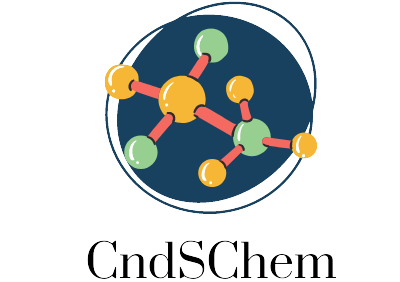Introduction:
Methadone, a synthetic opioid with a storied history and complex molecular structure, occupies a pivotal position in pain management and opioid addiction treatment. Delving into the intricacies of its chemical composition and pharmacological properties unveils a captivating narrative of scientific discovery and therapeutic innovation.
Deciphering the Molecular Blueprint:
Methadone’s molecular structure encompasses a central phenyl ring fused to a piperidine ring, flanked by various functional groups. This intricate arrangement imparts unique pharmacological properties, distinguishing methadone from other opioids in its class.
Comparative Pharmacodynamics and Pharmacokinetics:
In comparison to traditional opioids like morphine, methadone exhibits a prolonged duration of action and a slower onset of peak effects. Its complex pharmacokinetic profile, characterized by extensive metabolism and variable plasma protein binding, necessitates careful dosing and monitoring in clinical practice.
Therapeutic Applications and Clinical Utility:
Methadone’s role extends beyond pain management, serving as a cornerstone of opioid substitution therapy for individuals with opioid use disorder. Its ability to alleviate withdrawal symptoms and reduce cravings underscores its efficacy in facilitating long-term recovery and improving patient outcomes.
Navigating Safety Concerns and Adverse Effects:
Despite its therapeutic benefits, methadone carries inherent risks, including respiratory depression, QT interval prolongation, and potential for overdose. Vigilant monitoring, dose titration, and adherence to established protocols are paramount to mitigating these risks and ensuring patient safety.
Challenges and Opportunities in Treatment Paradigms:
The integration of methadone into comprehensive treatment approaches necessitates collaboration across multidisciplinary teams, encompassing medical, psychological, and social interventions. Addressing stigma, expanding access to treatment, and fostering harm reduction strategies are essential pillars of effective opioid addiction management.
Looking Ahead: Innovations and Future Directions:
As the landscape of opioid addiction evolves, ongoing research endeavors seek to enhance the safety, efficacy, and accessibility of methadone treatment. From novel formulations to personalized medicine approaches, the quest for innovative solutions continues to shape the trajectory of opioid addiction care.
In Conclusion:
Methadone’s chemical complexity and therapeutic versatility epitomize the intersection of science, medicine, and compassion in the pursuit of addressing opioid addiction. By embracing a holistic understanding of its molecular framework and clinical implications, clinicians and researchers can navigate the nuances of opioid therapy with precision and empathy, paving the way for a brighter future in addiction care.
Here you can read more about methadone structure.

